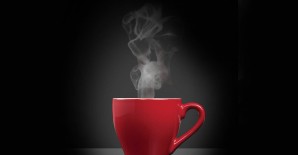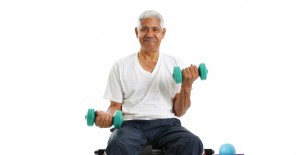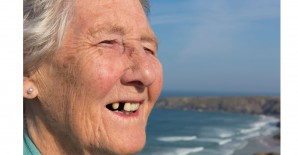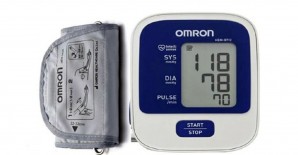
Health
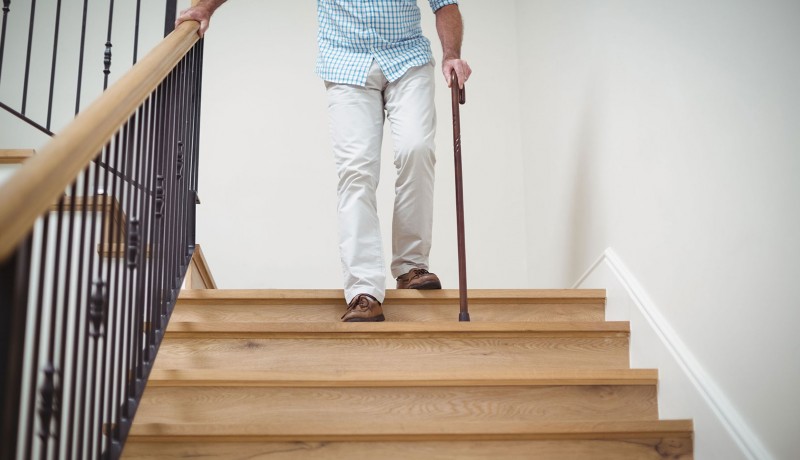
Dr Abhijit Pawar, consultant orthopaedic spine surgeon, Kokilaben Dhirubhai Ambani Hospital, presents a simple guide to prevent falls and subsequent hospitalisation
Nearly one-third of the silver population in India falls each year—and about half the falls requiring hospitalisation take place at home. Falls are also the No. 1 cause of injuries in seniors, resulting in hip fractures, cuts and even serious head and brain injuries that can be fatal. The likelihood of a fall increases partly because of the natural changes that happen as the body ages. However, there are many things you can do to reduce your risk of falling.
FALLS OWING TO ILLNESS
Some health problems make it more likely for you to fall. Common among these are stroke, Parkinson’s disease, arthritis, low blood pressure, vertigo, diabetes, depression, dementia, Alzheimer’s, incontinence and poor nutrition. Drinking more than a small amount of alcohol can slow your reactions and make you unsteady. Short-term illnesses can cause dizziness, confusion and difficulty in walking while you are sick and even for a few days after. Osteoporosis can make things worse. If you have osteoporosis, you are more likely to break or fracture a bone if you fall.
What you can do
- Have regular check-ups to ensure your medical conditions are well-managed.
- Keep as active as possible.
- Eat a wide variety of foods and drink plenty of water, especially in hot weather. Sometimes food supplements are recommended if you are very thin—ask your doctor or a dietician.
- Stand up slowly after lying down or sitting. Take care when bending down and make sure you are steady before walking. Be especially careful when you are ill, for example with the flu.
- Discuss any concerns you have with your doctor before they become big problems.
- Keep yourself updated with information about your medical conditions. Some support groups and libraries have easy-to-read information.
- If you have osteoporosis, your doctor may advise calcium and Vitamin D tablets, other medicines, exercise or dietary changes.
FALLS OWING TO MEDICINAL EFFECT
Some types of medicines can increase your risk of falling. You may also be at greater risk simply because you take four or more different medications. Medicines include those prescribed by your doctor, bought over the counter and herbal remedies. The types of medicines that can be a problem include those taken for anxiety, depression or difficulty sleeping. This is because of possible side-effects such as drowsiness, confusion, unsteadiness and dizziness.
What you can do
- Find out the side-effects of medicines you take.
- If there’s any medicine that makes you drowsy, inform your doctor immediately.
- Avoid taking multiple medications.
FALLS OWING TO SLIPPING
Silvers are prone to slipping because of unsafe footwear, such as loose slippers or narrow heels, slippery surfaces such as wet or polished floors, or spills of foods or liquids.
What you can do
- Wear safe shoes.
- Use non-slippery mats in wet areas, such as the shower and bathroom.
- For larger wet areas, it may be better to have the whole floor or bath or shower treated to make it non-slip, or replace the floor with non-slip material.
- Use a handrail or seat in the shower or bath.
- Avoid talcum powder on tiles, vinyl or wooden floors—it makes them very slippery.
- In the kitchen or eating areas, pick up dropped food and mop up spills as soon as they happen.
OTHER CAUSES OF FALLS
Did you know that 60 per cent of falls happen in and around the home? While some of the problem lies with us, there are other problems around us—in our houses, our gardens. As we get older, our abilities change, thus increasing the chances of us slipping and tripping. And our homes age too, through general ‘wear and tear’ or lack of maintenance, making them less safe. Often, we don’t notice this because we have lived at the same place for many years without any problems. It is important to check your surroundings and take steps to make them safer.
FALLS OWING TO POOR EYESIGHT
Your eyes not only allow you to see obstacles and judge steps, they also help you to keep your balance. But from the age of 40, your eyesight gradually worsens and this can lead to an increased risk of falling. By the age of 65, we all need three times more light to see than we did at 20 and our eyes take longer to adjust to sudden changes in light and dark.
What you can do
- Increase the amount of light, particularly in frequently used areas and at night. Don’t forget to turn the lights on before you walk around.
- At night, leave the lights on in the passageway and other places you might walk. Light switches should always be easy for silvers to reach.
- Decrease daytime glare with net curtains or blinds in your windows.
- Make obstacles or hazards stand out. For example, highlight the edges of steps with brightly coloured tape or paint; and get your furniture painted in a contrasting colour to the walls and floor.
WAYS TO STAY ACTIVE
- Healthy ageing involves physical activity, healthy eating and a little sunshine.
- Keep actively involved with friends, family and the community. The more you do, the more you can do.
- Be sensible and recognise your limitations. Do things safely and don’t be too proud to ask for help.
- Manage your health problems and medicines well. Speak to your orthopaedic expert about how you can do this together.
- Make your home and the surroundings of your home as safe as possible.
- Have a ready plan to get help in an emergency.
- Take steps to minimise any harm done in the event of a fall.
DO THINGS THE SAFER WAY
Apart from the hazards in your surroundings, some dangers can result from the way you choose to do things. For example, climbing onto a kitchen chair to reach into a high cupboard puts you in danger. Instead, you could ask someone else to reach up for you, or keep the item in a place that is easier to reach. Another example is not turning the light on so you can see clearly where you are going and what you are doing. These things may have been fine when you were younger, but are no longer safe as a silver. Wearing clothes or dressing gowns that are too long and loose or catch on things also increases the risk of falls. Find a safer way to do things. And take help when needed.
Photo: 123RF.com Featured in Harmony — Celebrate Age Magazine December 2017
you may also like to read
-
Hot tea!
If you enjoy sipping on that steaming hot cup of tea, think twice. New research establishes a link between drinking….
-
Weight and watch
If you have stayed away from lifting weights at the gym, thinking it might not be a good idea for….
-
Toothy truth
Research has established a clear association between cognitive function and tooth loss when cognitive function score was categorised into quintiles…..
-
PRODUCT OF THE MONTH
Automatic Blood Pressure Monitor Measure your blood pressure and pulse rate with no fuss Hypertension, or high blood pressure, could….




